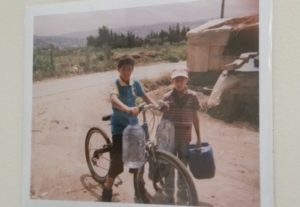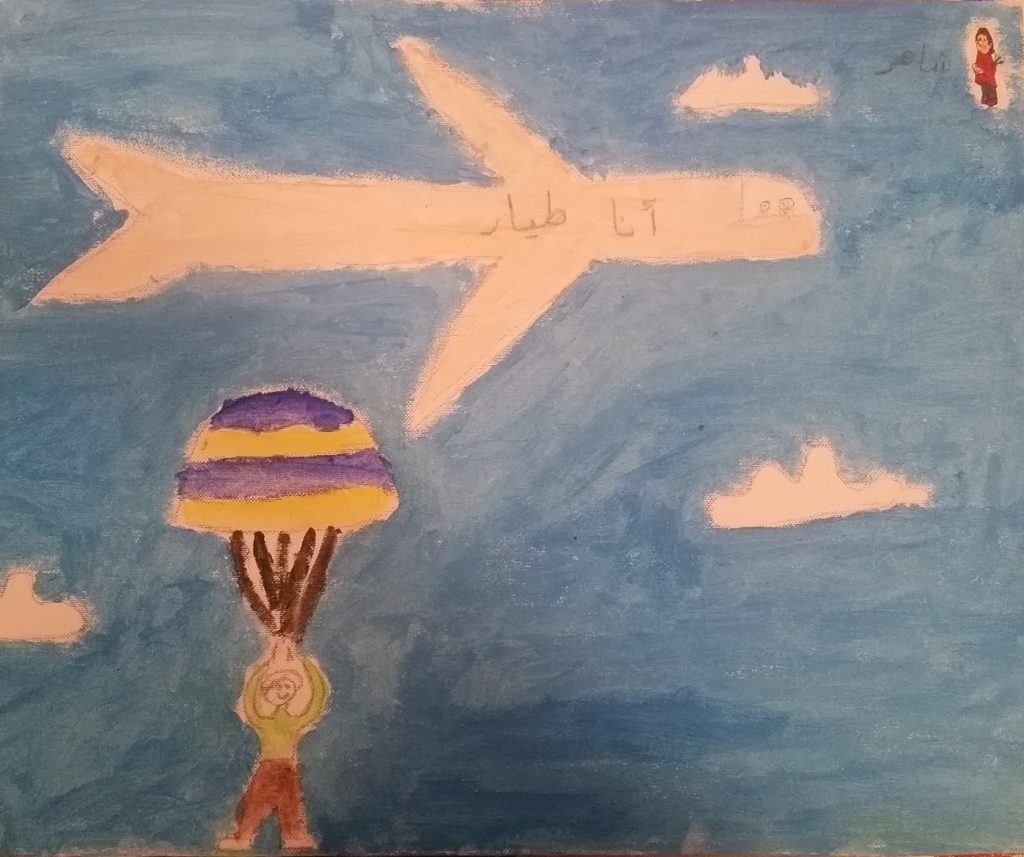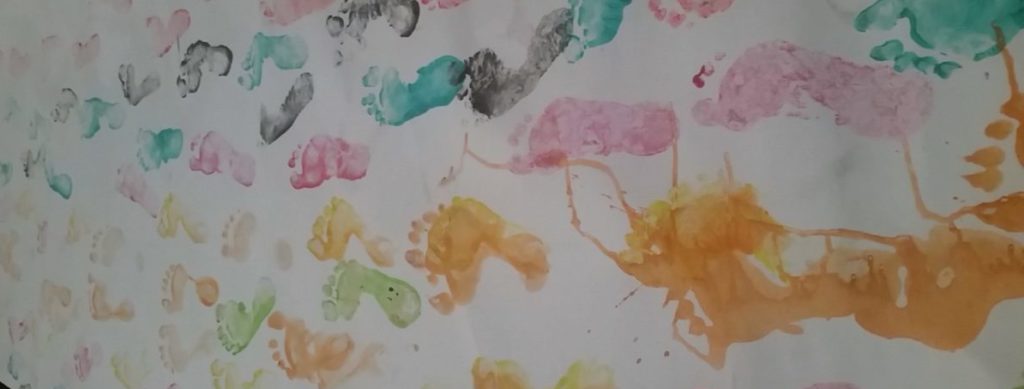This Philadelphian has an art project that’s helping refugee children in Lebanon get an education
 September 20, 2016
Category: Feature, Featured, Medium, Purpose
September 20, 2016
Category: Feature, Featured, Medium, Purpose
Disclosures
Disclosure: This reporter has made financial contributions to We Grow Where We Are. Editor's note: The name of the charitable organization has been corrected. Edit 9/20 @ 4:55 p.m.Think about this: Violent scenes from what’s likely the biggest humanitarian crisis of our time are being watched on the same mobile displays used to play Clash of Clans.
The world knows the Syrian civil war largely through viral images of the country’s youngest, most brutalized victims: Casualties like Aylan, a toddler found drowned and slumped over on the shoreline. Survivors like Omran, a shell-shocked boy with a face caked in blood and soot.
Greg Shaheen knows the conflict’s impact beyond the carnage. For the past two years, the Philadelphia resident has been working with a community of refugees in Akkar in the northernmost part of Lebanon. Shaheen described Akkar as “the poorest and most neglected region” in the country — even before the civil war.
By the time Shaheen arrived with his IndieGoGo-funded summer camp in 2014, only a small percentage of refugee children were receiving any kind of education.
According to UNICEF, Syrian youth lost 10 years of educational progress in the first three years of the war alone. An entire generation of Syrian youth, a third of which know nothing but conflict, have been robbed of a decent education. A lost generation.
So, Shaheen launched We Grow Where We Are, a project that gave Akkar youth an opportunity to exercise self-expression — and make some money for their community in the process.
Throughout the course of the project, the children documented their perspectives in photographs, short essays and paintings. Those works were recently showcased and made available for purchase at Philadelphia Ethical Society in Rittenhouse. One hundred percent of the proceeds were directed back into the refugee community.
Attendees were quick to gather around a table piled high with paintings. Of all the works in the building — the heart-wrenching words, the bone-chilling photos — the pieces of hide canvas smattered with globs of paint proved to be the most popular.
Maybe it’s because each piece was unique. Maybe it’s because the paintings aren’t on the project’s website like the photos are.
Maybe — just maybe — it’s because each painting was a tangible reminder that these children are human beings, adolescents who paint just as terribly as adolescents who aren’t refugees. These are real children who, by some miracle, have retained some shred of innocence. Maybe the paintings provided a clearer image of the humanity at stake than any screen could.
Trending News










